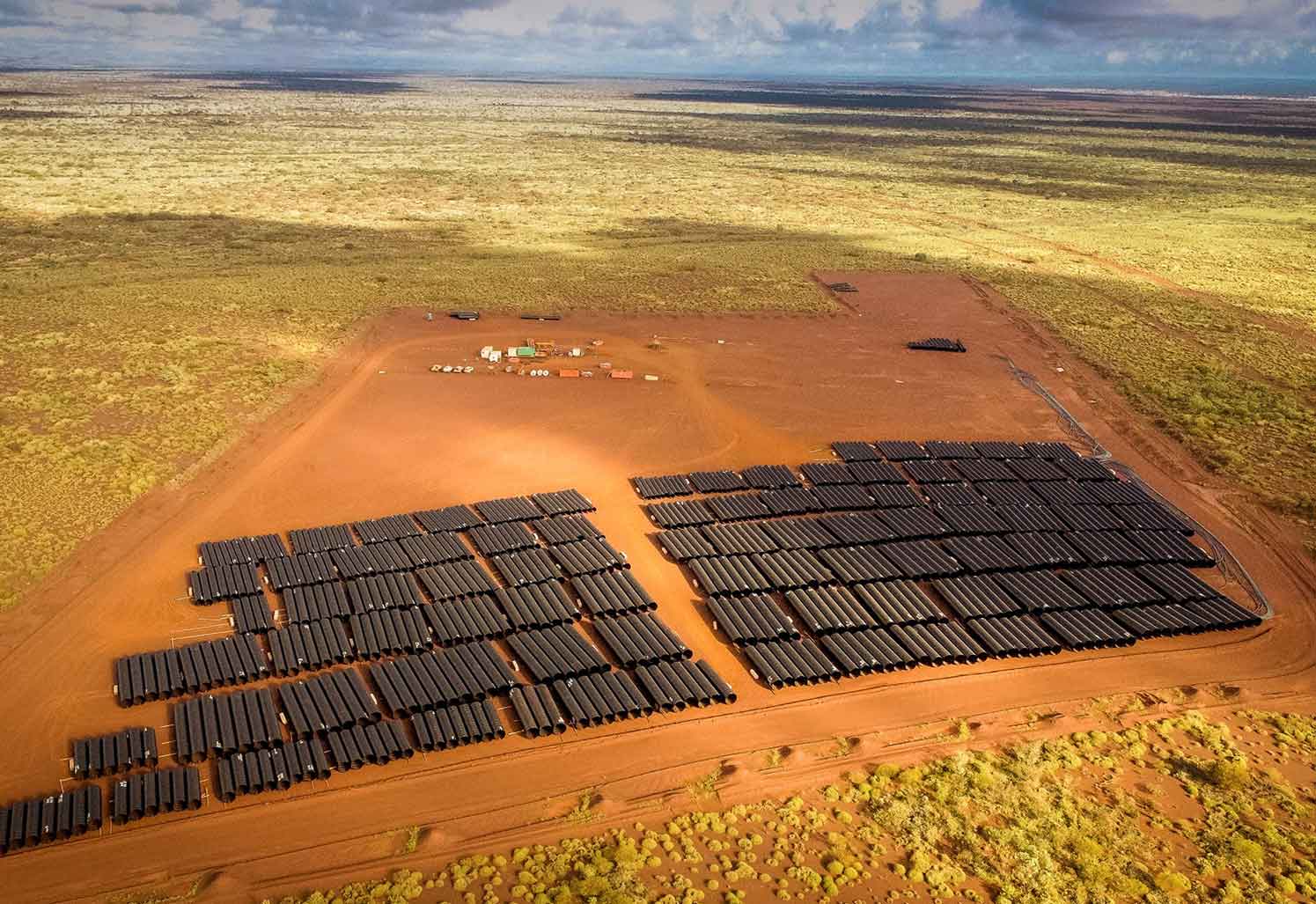As concrete production becomes more expensive, one Australian company offers steel arches and culverts as a practical alternative.
Roundel, a 22-year-old family business, supplies corrugated metal pipes and bolted, corrugated-plate structures that are used in road and rail infrastructure, natural resource and construction projects.
Projects specifying concrete arches and culverts typically require a 100-year lifespan. To address this issue for steel culverts, Roundel tested several PE-coated steels, finally adopting high performance laminate (HPL) PE-coated steel as its preferred choice.
HPL is a heavy duty, polyethylene-coated, galvanised laminate, which protects the steel from corrosive elements and offers very high abrasion resistance. The coating has been tested to provide a 100-year lifespan.
Rio Tinto adopted the HPL materials for its $2.6 billion Gudai-Darri Rail project, where Roundel manufactured 4500 t of HPL culverts directly on-site.
“The main reason for manufacturing on-site is cutting the cost of delivering the finished goods,” said Bev Byard, Roundel Managing Director.
“We can also make longer lengths of pipe because we’re not limited by transportation. Longer lengths mean a quicker installation for the team on-site, saving time and money.”

Lifting local projects
When the contractor for the Toowoomba Second Range Crossing in Queensland had settlement issues with the large diameter concrete culverts installed, Roundel was asked to provide a suitable re-line system.
“We offered a re-line system with an internal coating of HPL to meet the 100-year lifespan requirements and manufactured the culverts directly on-site,” Byard said.
“Not only does the HPL provide the durability required, but the flexibility inherent in corrugated steel culverts will accommodate any further settlement issues.”
Similarly, when an old highway culvert in Nemingha, New South Wales, needed extending, Roundel was able to develop a customised profile to match the original brick culvert. It did this using a B200 ‘multi-plate’ structure, which it manufactures in Townsville, Queensland.
“There are many old bridge and culvert structures across the country that need upgrading or replacing, and the B200 product is perfect for that,” Byard said.
“The B200 multi-plate steel arch was chosen due to its ability to take differential settlement from the existing stiff brick culvert structure and the extension under high embankment. We can also accommodate a 100-year lifespan in most cases by adding in extra ‘sacrificial’ steel thickness.”
“We worked with the consultant [on the Nemingha project] to come up with a customised arch profile to closely match the existing brick culvert,” Byard added.
“They were very happy with the proactive approach by Roundel.
“All of our manufacturing business is based on corrugated steel, but the difference with the B200 product is that it is made in sections and bolted together, allowing much larger structures in a variety of geometric shapes.”
For very large-span arches, suitable for bridge crossings, Roundel supplies the B381 corrugated steel structures. With 20+m spans available, the B381 profile has considerable structural capacity.